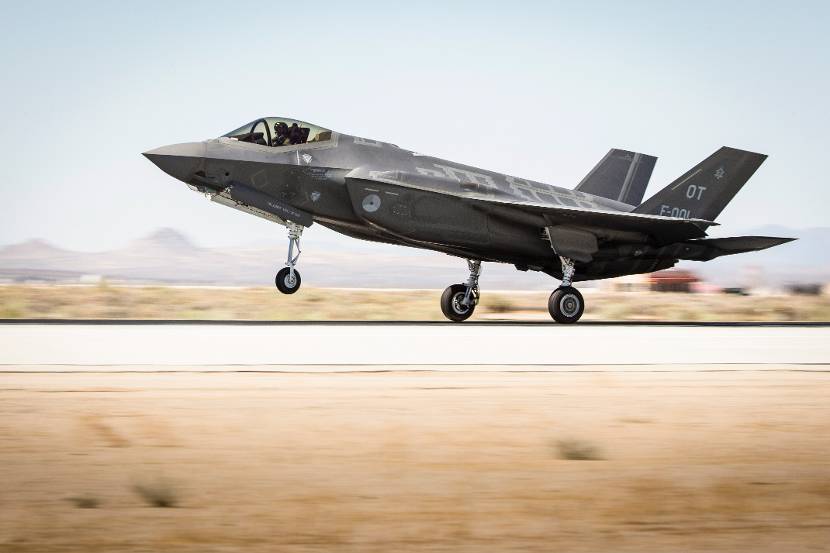Why did the Netherlands choose the F-35 as the successor to the F-16?
Reasons for switching to the F-35:
There are 3 important reasons why the Netherlands decided to purchase the F-35:
1. The F-16s are outdated
The F-16 has been in use since 1979 and has been deployed for many operations in over 30 years. Even though the fighter aircraft has undergone many upgrades over the years, it has come to the end of the road. Operationally and technically the aircraft is outdated, and ever since the end of the 90s, there has been a need for a new weapon system. It is also no longer financially sustainable, as it is becoming increasingly expensive to maintain older aircraft.

2. Prepared for future deployment
The Defence organisation wants the best materiel for the men and women the Netherlands sends on missions, also when new threats are involved. The choice for a 5th-generation fighter aircraft is consistent with this aim; it can conduct any type of mission and thus offers the greatest range of action capabilities. Through its stealth capabilities (difficult for radar to detect), the F-35 can for instance respond to modern threats such as surface-to-air missile (SAM-)systems that can dominate the airspace. The F-35 gives the armed forces air superiority through its observation capabilities, the ability to share information, and greater precision when it comes to deployment of weapons.
3. Economic involvement of the Dutch commercial sector
Involvement of the Dutch commercial sector was an important reason for Dutch participation in the F-35 programme. The Netherlands wanted to secure as many contracts as possible for Dutch industry, thus creating employment. Examples of signed agreements:
- Fokker with Lockheed Martin for cabling and housing for the drag parachute system;
- Fokker with Northrop Grumman for ‘doors and hatches’;
- Aeronamic with Honeywell for part of the ‘energy supply systems’;
- Thales with Northrop Grumman for parts of the radar system;
- PM Aerotec with Moog for additional work on mechanic components.
Current status:
- over € 1 billion turnover;
- € 5 billion in framework contracts;
- € 8-10 billion in production contracts;
- € 15-20 billion in maintenance contracts;
- 4,000 - 5,000 long-term and high-quality jobs.

Job description
It is no mean feat to be the follow-up to the F-16. The bar was high and the F-35 had a lot to live up to. What were the requirements the new fighter aircraft had to meet?
- Just like the F-16, it had to be a multi-role aircraft and more.
- Requirements: reaction capability, sustainability, strategic and tactic mobility, logistic independence, flexibility, multifunctionality, autonomous operating capability, information management and interoperability.
The aircraft had to be able to be deployed in 6 types of mission:
- achieving air superiority;
- retaining air superiority;
- suppressing and/or destroying air defence systems;
- attacking logistics supply and communication lines;
- supporting ground troops;
- intelligence collection, as well as monitoring and reconnaissance.
Number of F-35s
Meanwhile, the Netherlands have started using 2 F-35s as test aircraft. These aircraft paid a brief visit to the Netherlands in May and June 2016. The contract for 8 additional F-35s was signed at the beginning of 2015; these aircraft will be delivered from 2019 onwards. The aim is for the Netherlands to purchase at least 46 new fighter aircraft.
